Click here to view at The Online Bicycle Museum

During the 1890s Georges Richard and his elder brother, Félix-Maxime worked in a bicycle repair and manufacturing business. The business flourished and the brothers created Société des Cycles Georges Richard. The brothers’ belief in the quality of their bicycles enabled them to include a life-time guarantee against manufacturing defects when selling the machines. This enhanced the reputation of Georges Richard bicycles and sales boomed. New customers included large-scale users of bicycles such as the health services and the military, along with the postal and telegraph services. Expansion led to a name change, the business becoming the Société de Construction de cycles et d’Automobiles Georges Richard.
The company’s first automobile was a two seater propelled by a single cylinder 708cc power unit producing a claimed maximum output of 3.5 hp. This voiturette, known as the Pony and constructed between 1896 and 1902. The first automobiles were exhibited at French national bicycle shows, and Georges Richard subsequently became more famous for automobile production than bicycles. So early examples of Georges Richard bicycles have now become very collectible.
The example presented here is similar to the ‘Routiere’ of the 1899 catalogue, but is fitted with the company’s ‘No 7’ handlebar and brake lever. You can also see this model illustrated in page discussing female cycling costume (above and below). It is interesting that the female rider is shown riding a Gent’s bicycle.
Companies normally printed their catalogues the year before, which often meant they had introduced a new model by the time the catalogue was published. Adding an incidental illustration of the latest model to a catalogue was not uncommon. This example has the latest Georges Richard headbadge, as shown in their 1901 catalogue. At the start of the French cycle industry, most companies used American components. Georges Richard was one of the first French companies to make their own parts, though this example features American wheels and pedals.
The Paris Exposition (World Fair) of 1900 was a landmark show in France, and every manufacturer worked hard to present the latest features on their machines. The most up-to-date models made their debut at this fabulous event. Many British and American component companies paid French exhibitors for representation at the Paris Exposition. With top-quality American metal-banded wood wheels, tubeless tyres and pedals fitted to this machine, and being in ‘new-old-stock’ unused condition, it is believed that this was a Paris Exposition or shop display model.
1900 Bicyclette Routiere Georges Richard
American 28″ Steel-banded Wooden Wheels and tubeless tyres
Georges Richard ‘No 7’ Handlebars
King ‘No 10’ American Pedals (As Supplied by G. Richard)
Frame No 8543
(Now sold)
Georges Richard was one of the most prestigious go the turn-of-the-century French cycle manufacturers. This example is in remarkable unrestored original condition, even retaining its original tubeless tyres which still hold air.
The original saddle requires a new top. The tyres would need replacing for regular riding.
GEORGES RICHARD POSTERS

FERNAND FERNEL

Fernel created G Richard’s most famous poster, above. He was born in Brussels, Belgium, around 1872. He made his name not only as an painter but also as a poster artist, humorist and illustrator of children’s books, including Mes Joilies Poupes in 1900. He died in 1934.
1900 EXPOSITION UNIVERSELLE, PARIS, FRANCE
The Paris Exposition of 1900 had a major impact on the French cycle industry. It was the first forum for the country’s existing bicycle and component manufacturers (and also sales agents) to meet all the engineers, inventors and general retailers who wished to move into the bicycle business. Several cycle events and races were held at the Exposition, as part of the 1900 Summer Olympics. The cycling part of the World’s fair included 250 competitors, 160 of them French. In the two Olympic events, 72 competitors (all men) from six nations competed.
It was held between 15 April and 12 November 1900 to celebrate the achievements of the past century and to accelerate development into the next. New inventions featured at the fair included escalators, Ferris Wheels, Rudolf Diesel’s new diesel engine (which ran on peanut oil), bicycles, talking films and the Telegraphone, which evolved into sound-recording. The Eiffel Tower also made its debut. Much of the architecture at the fair, in particular the Porte Monumentale entrance (above) featured Art Nouveau styling.
In every part of France, engineering workshops were ready to buy bicycle frames and components from the major suppliers, to assemble and sell to the new markets emerging in their own areas. As France’s own industry was still in its infancy at this time, most of the parts available were either British or American; both countries had many agents in France selling British and American bicycles. Within just three or four years, the French agents selling foreign bicycles had started their own French businesses, manufacturing both bicycles and components. And the small regional manufacturers who started out by using British and American components were able to start using French-made parts.
The ‘Moving Sidewalk’ (above and below) was designed by American engineers Schmidt and Silsbee. One level was stationary, the next moved at 4 km per hour, and the third at 9 km per hour. The fun of getting on and off this electric three-tiered sidewalk made it one of the fair’s greatest amusements.
THE 1900 EXPOSITION UNIVERSELLE DE PARIS
http://www.youtube.com/watch?v=n-4R72jTb74
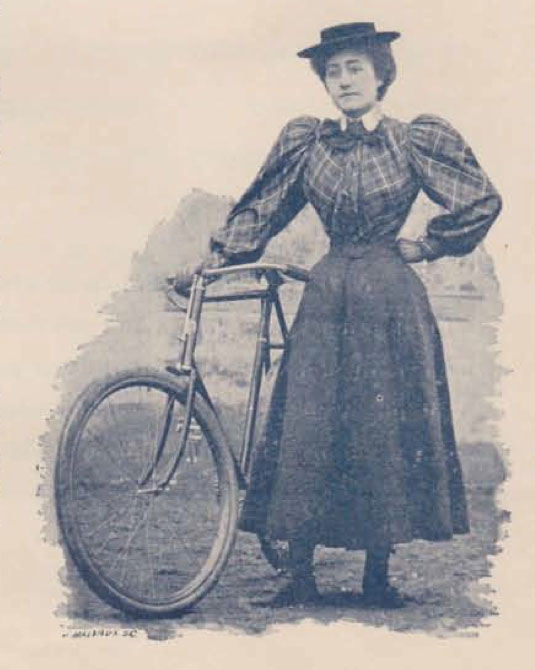




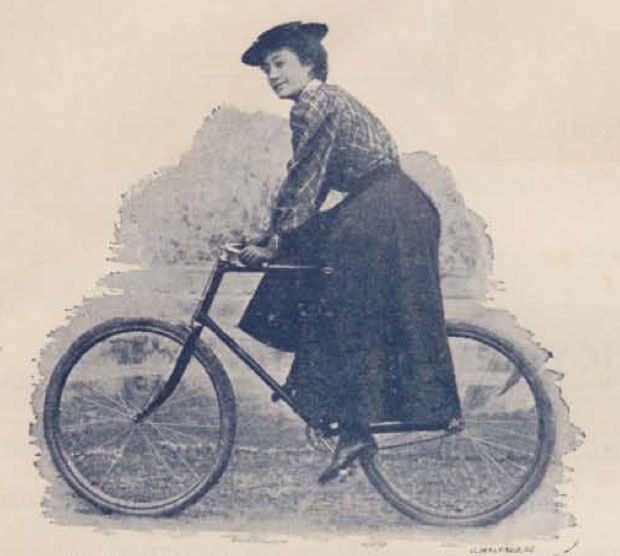







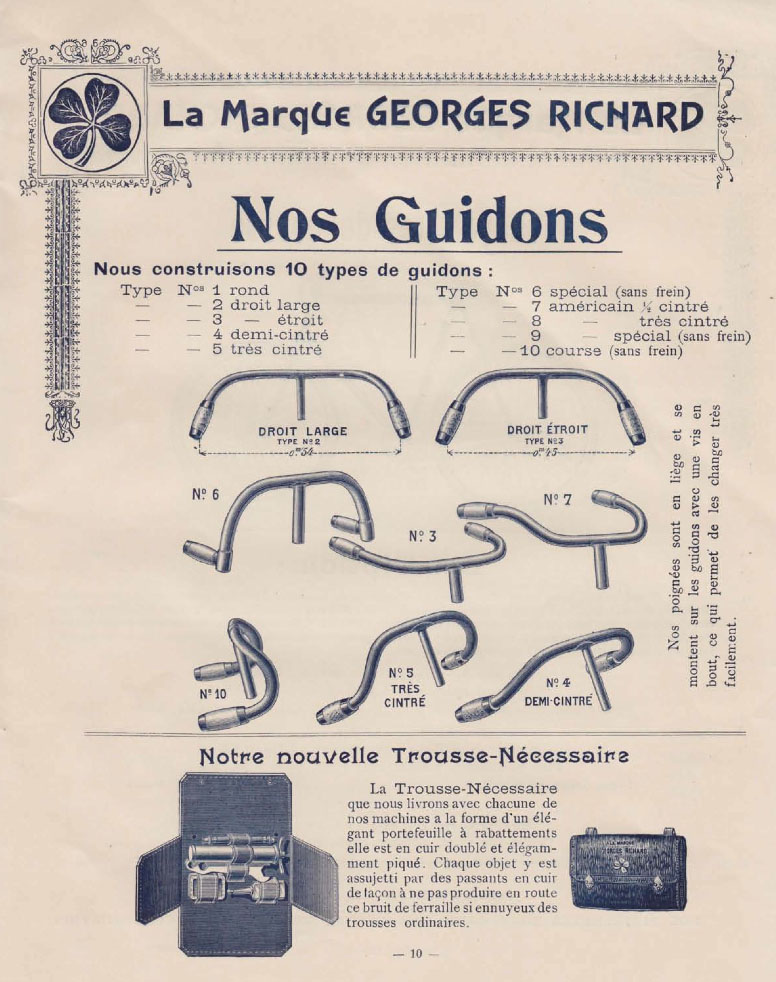

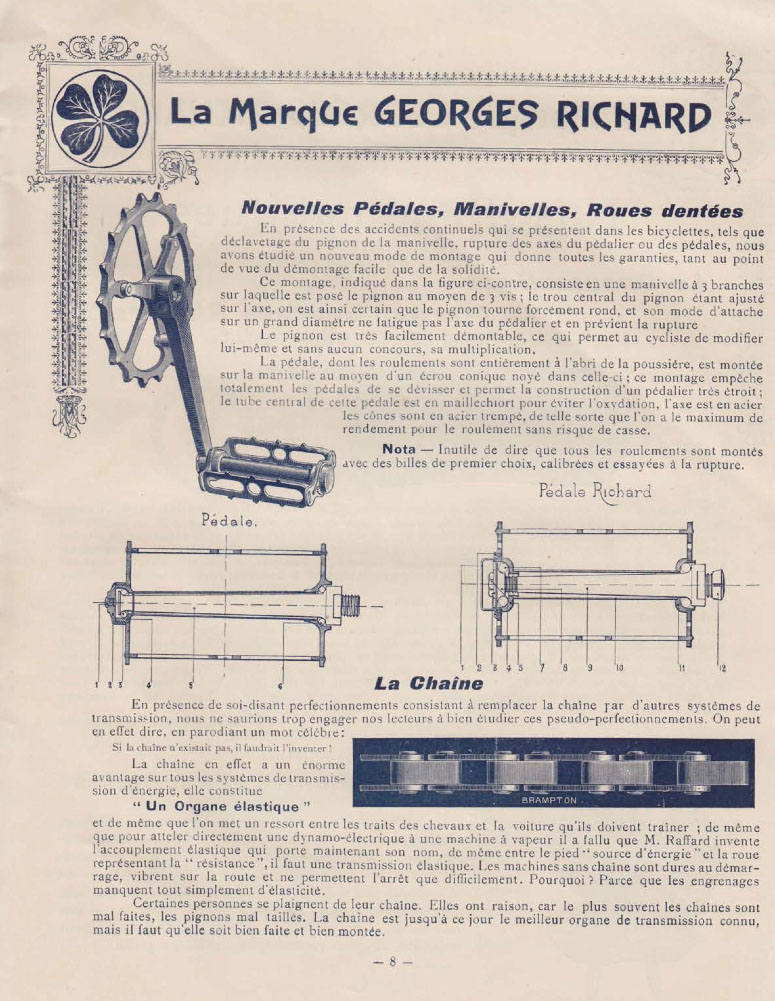
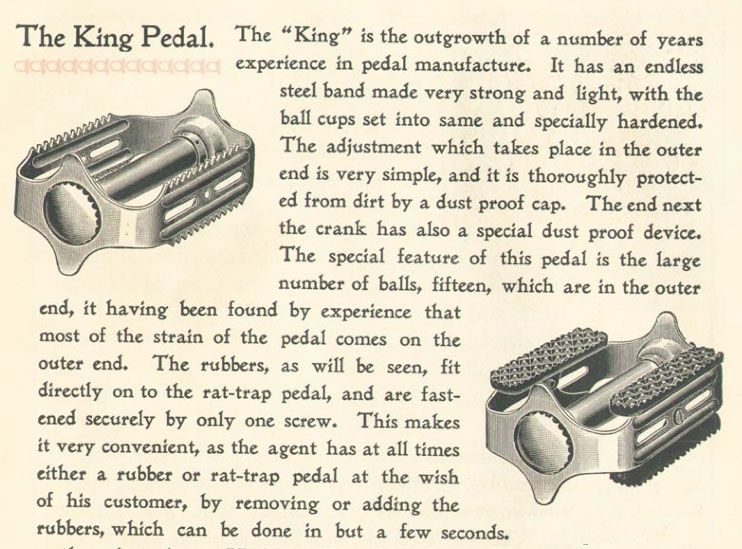
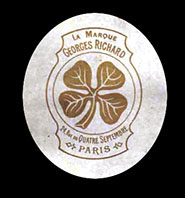


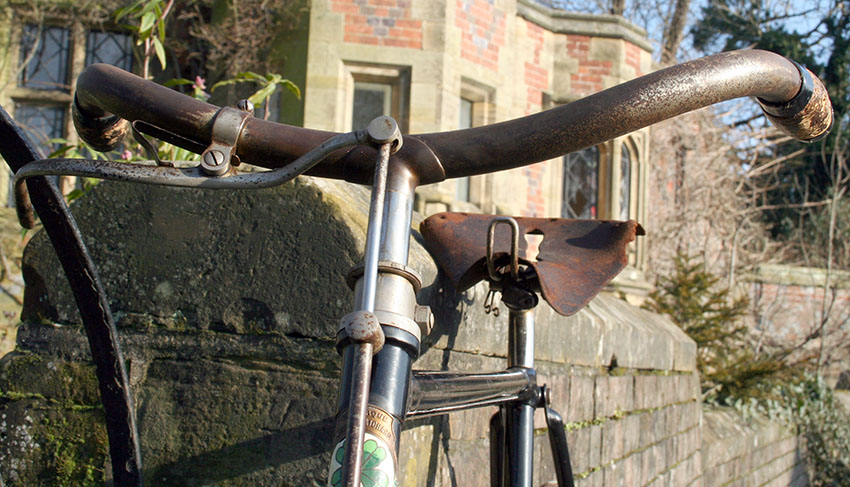
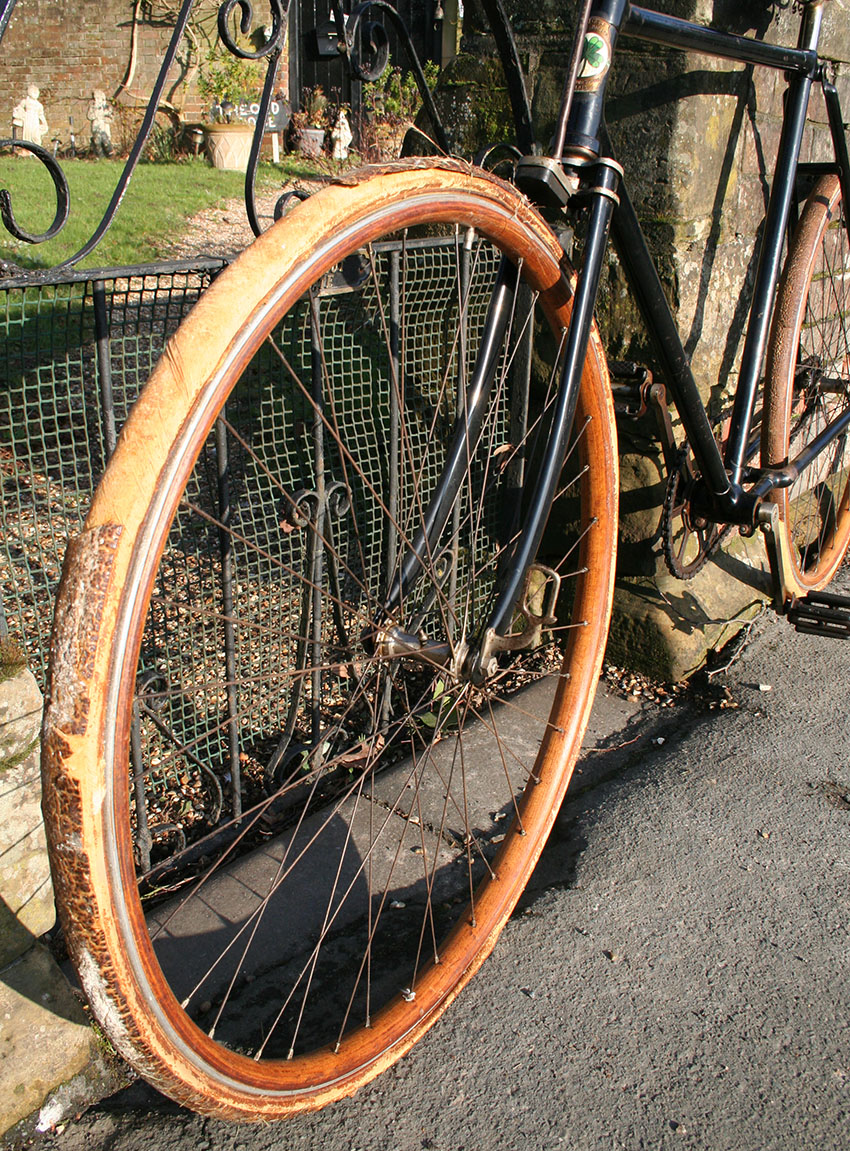

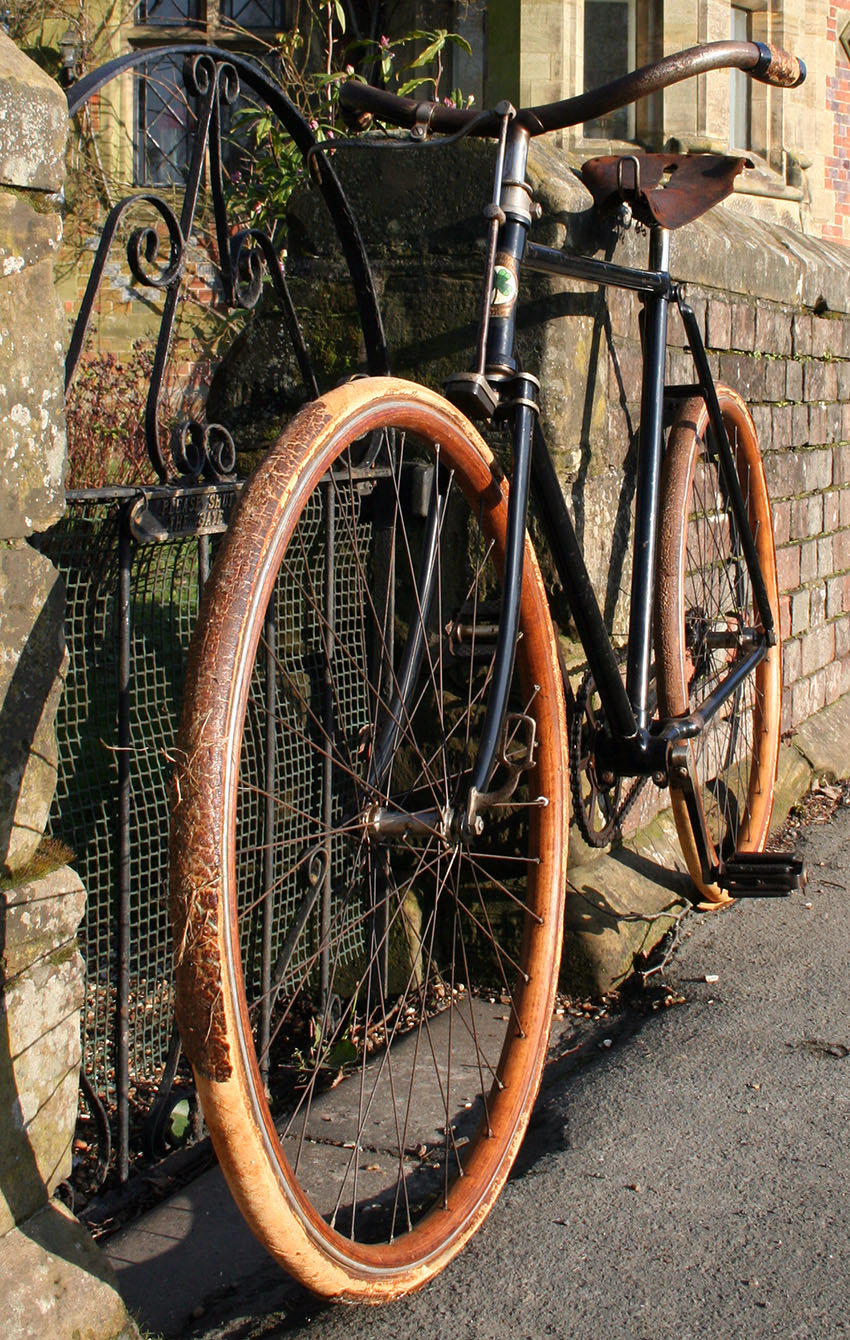
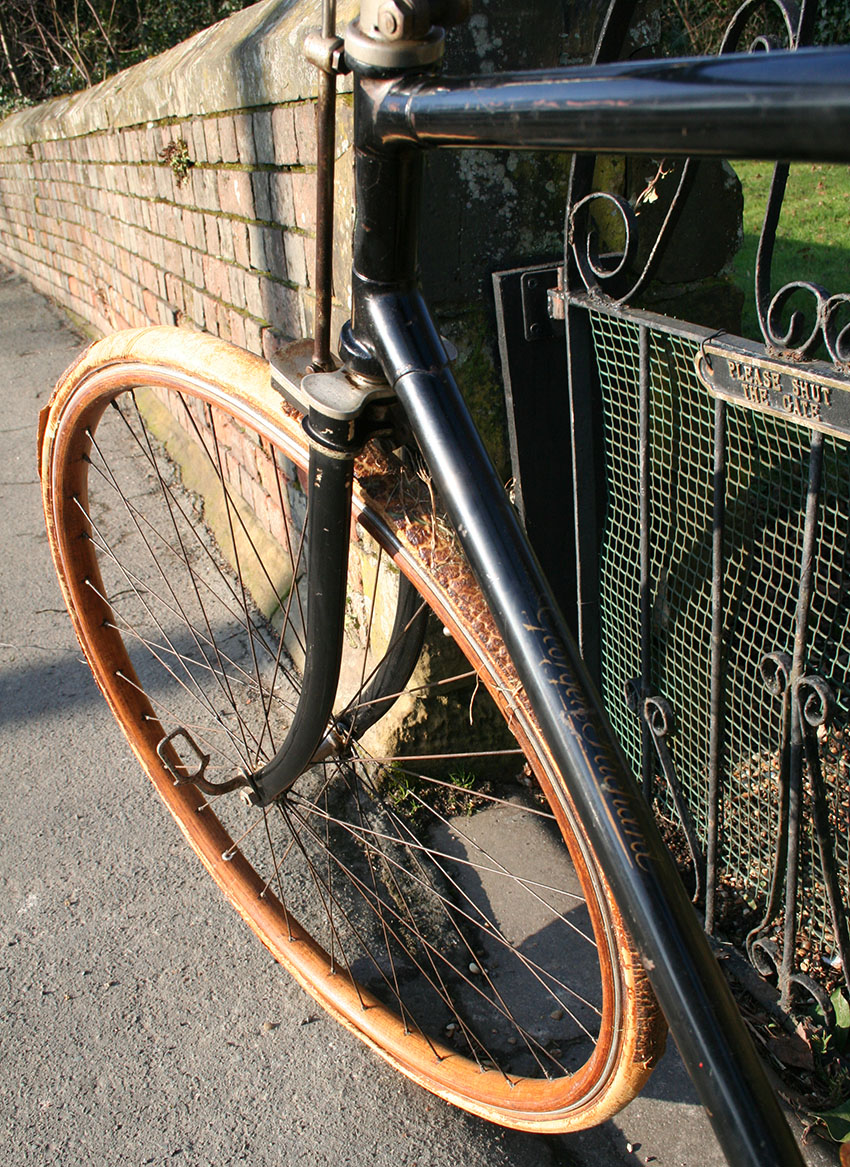
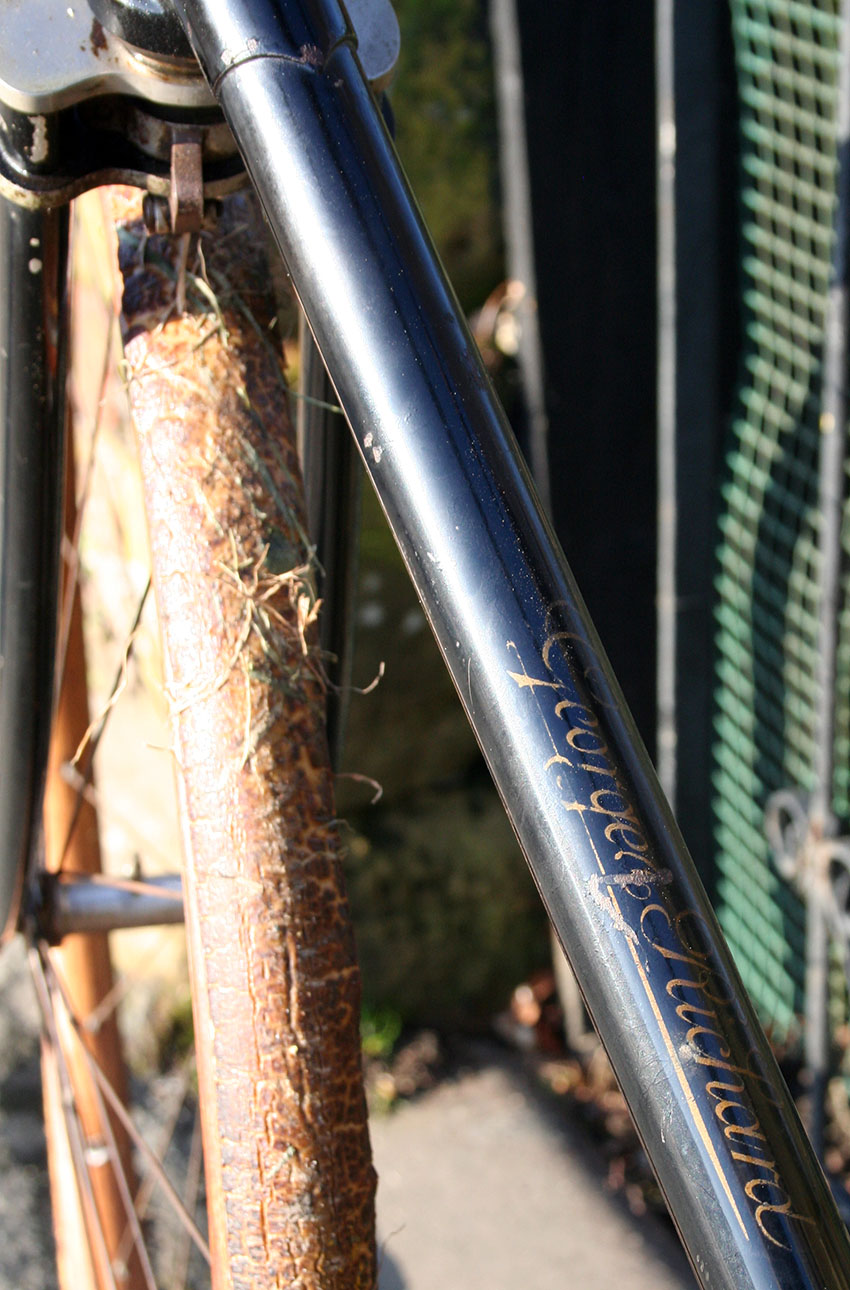

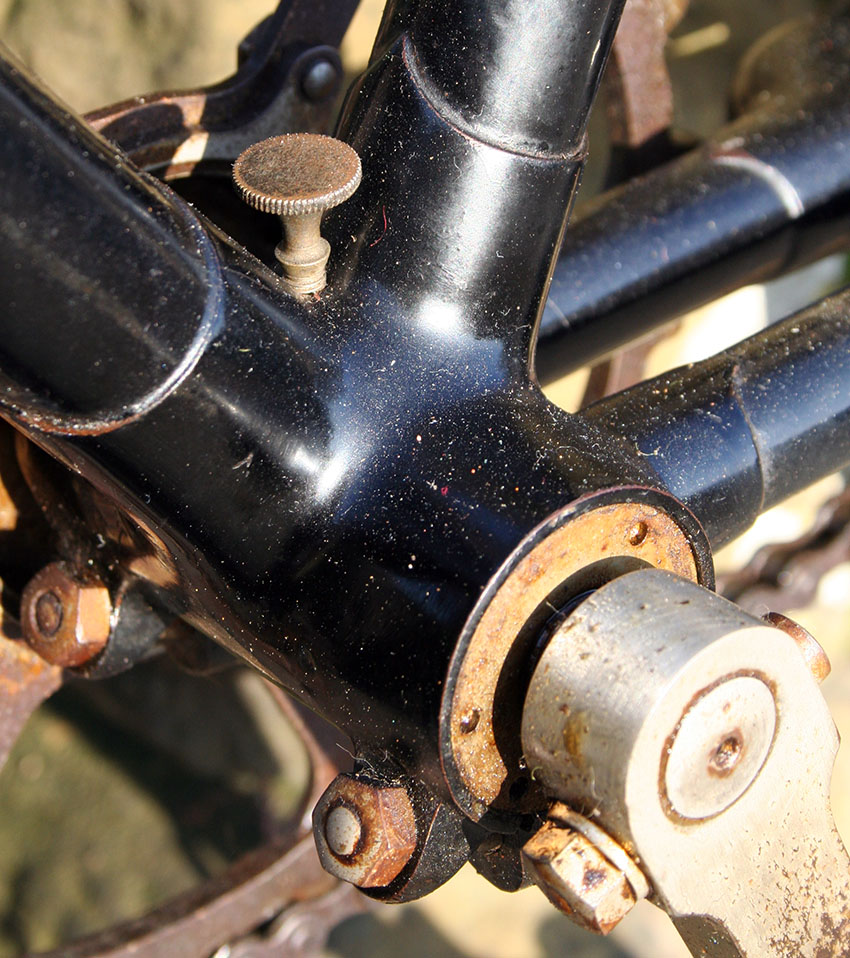








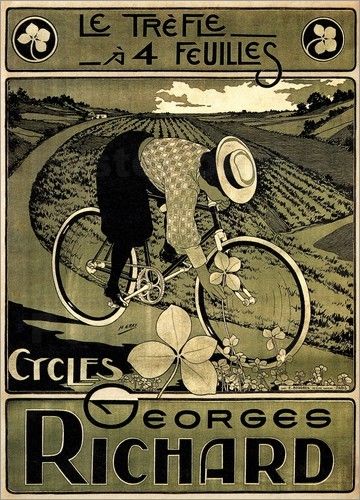


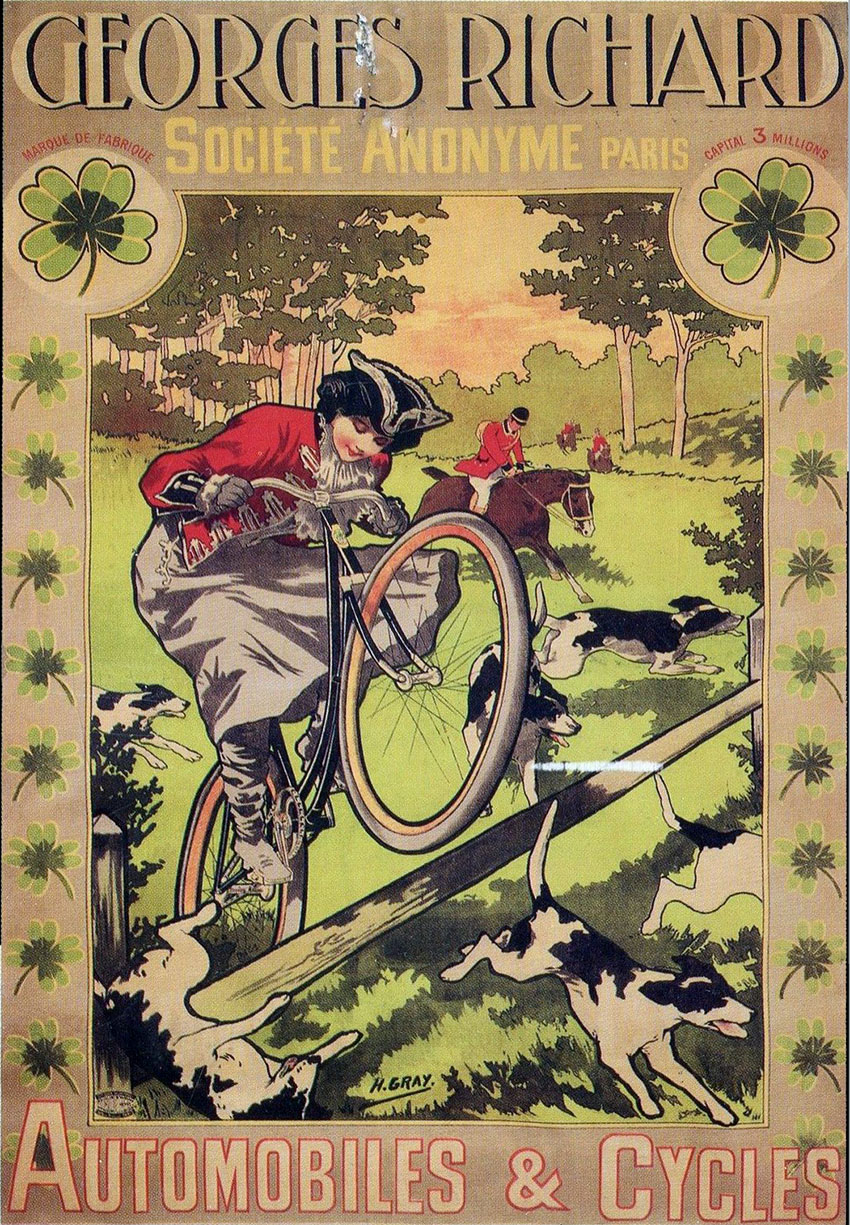

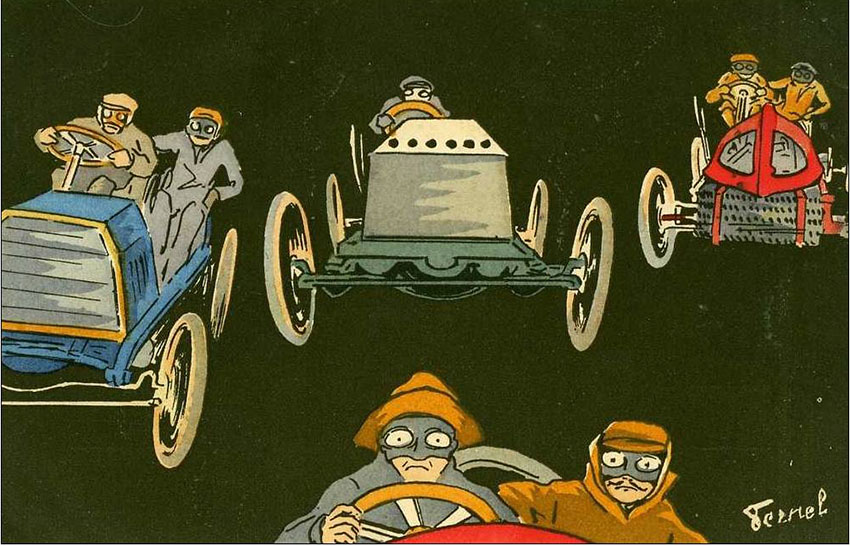

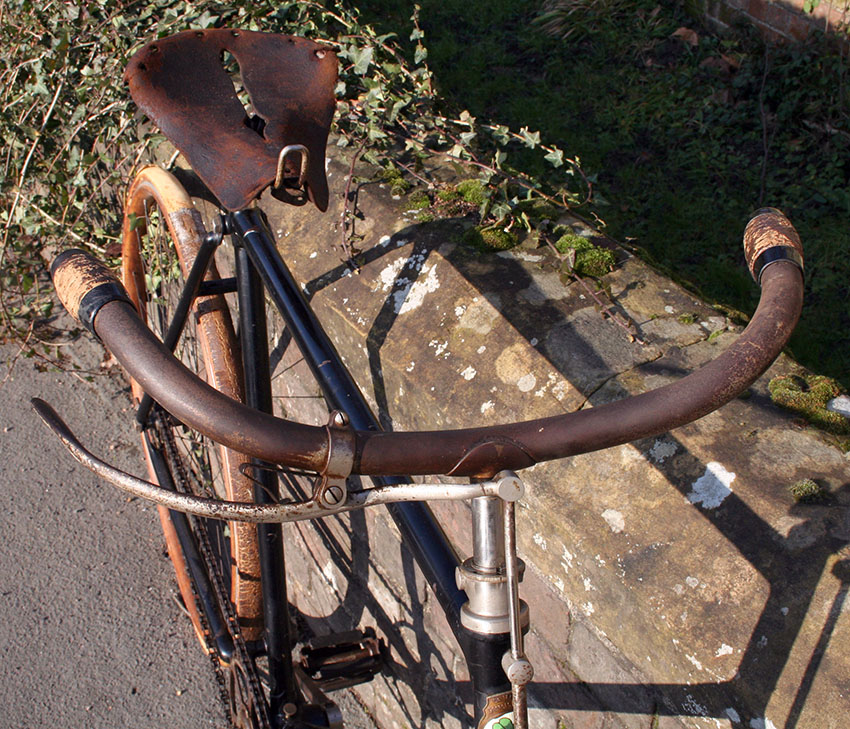
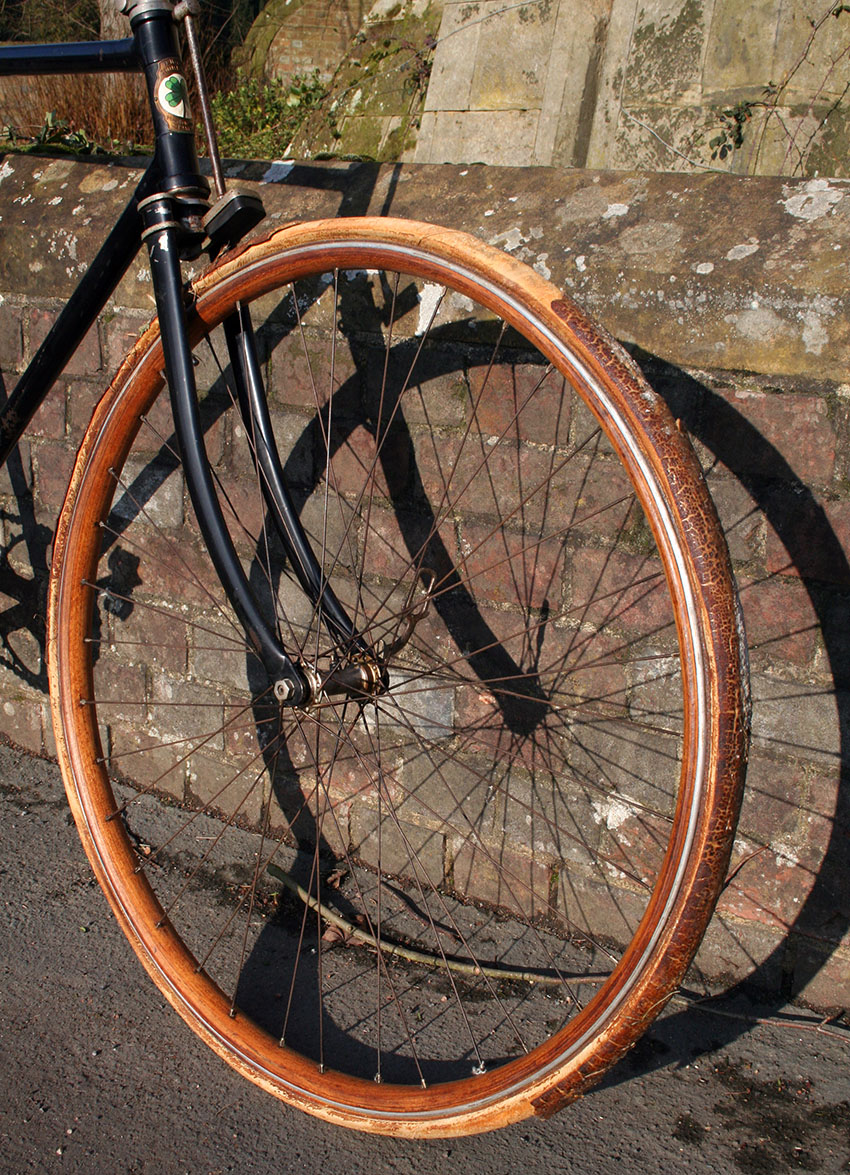
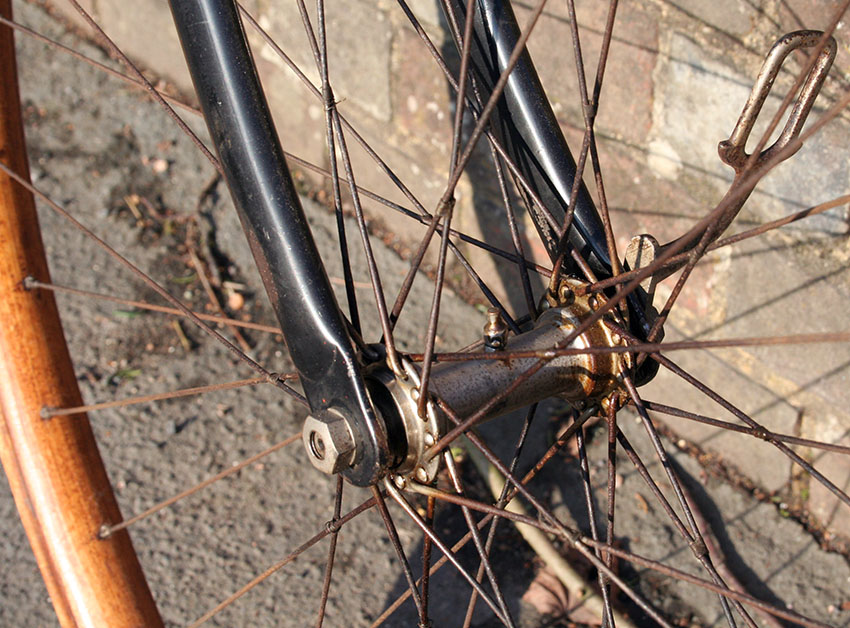









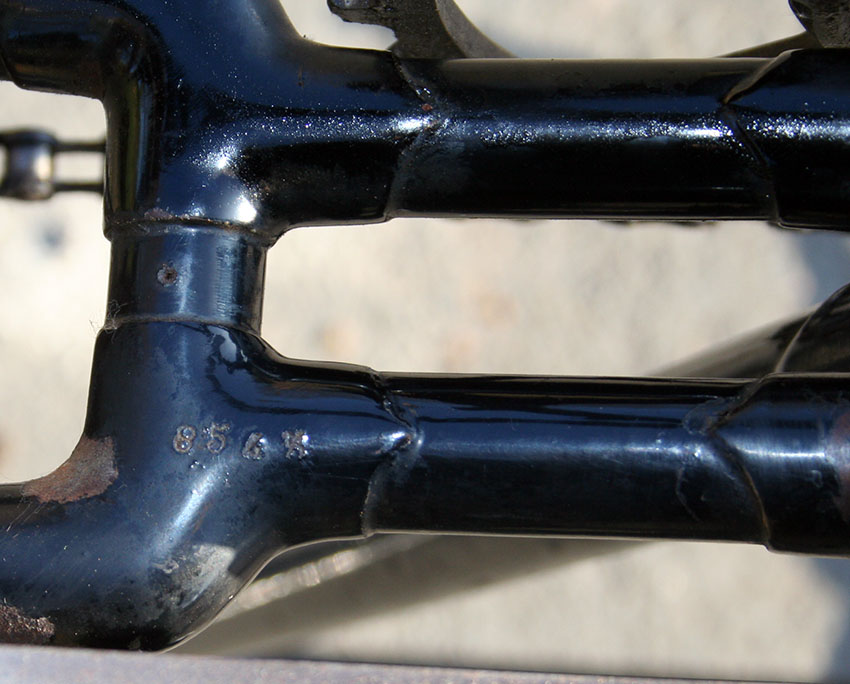



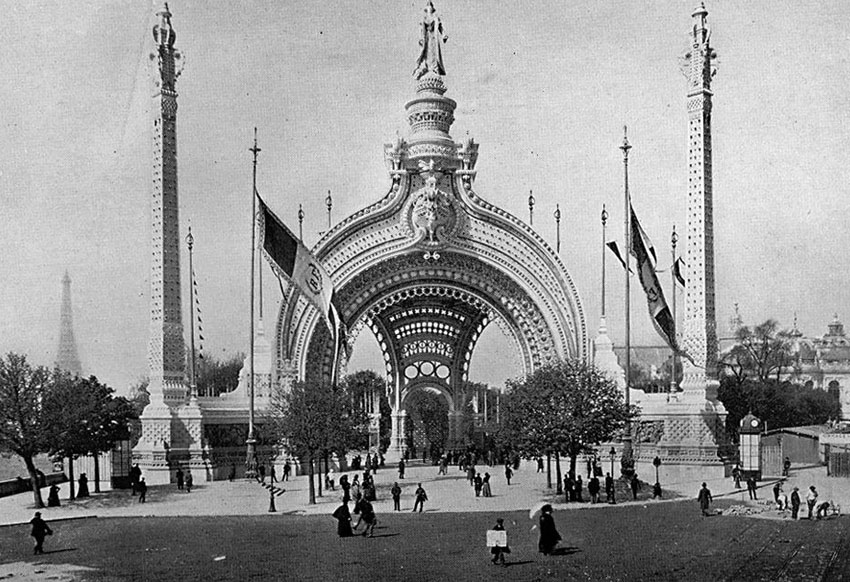
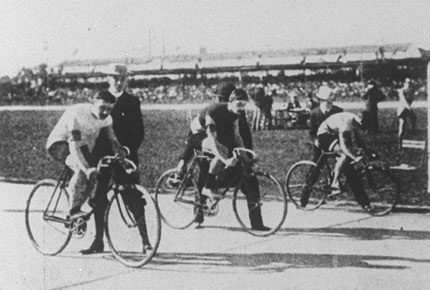


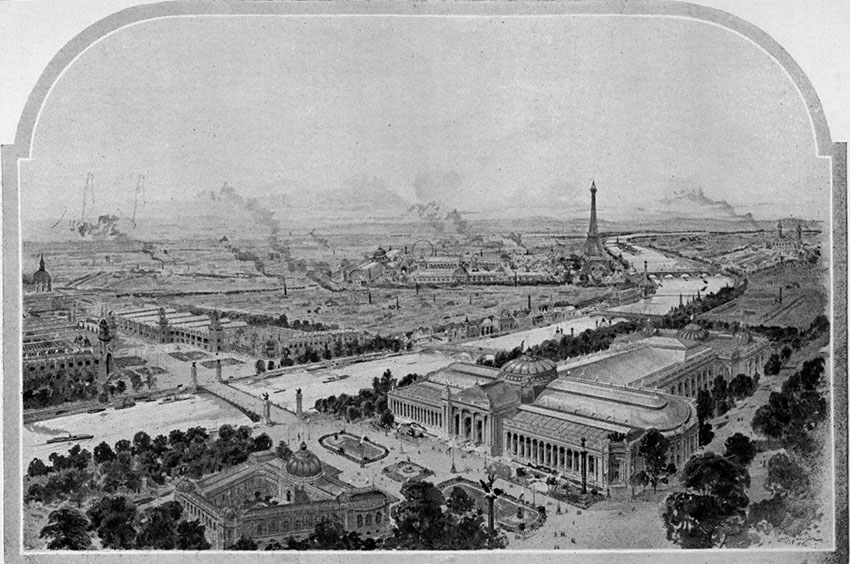
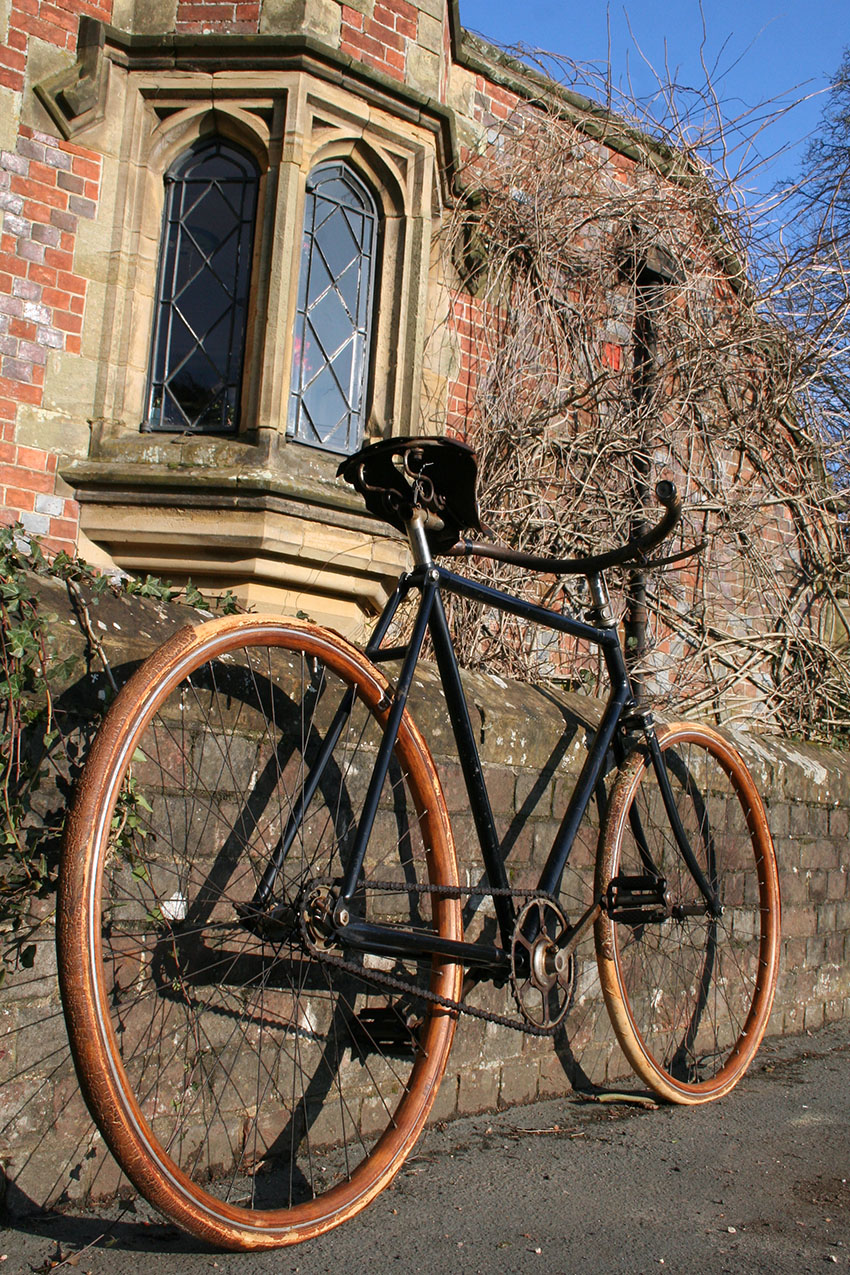
Leave a Reply